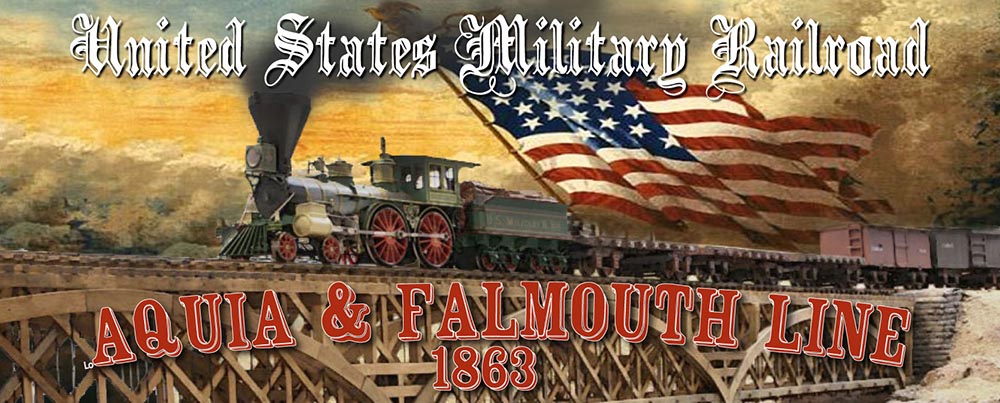An astute observer might say, "Wait a minute, you showed us a video in April of trains running at Stoneman's?"
Yes, but that was temporary wiring with alligator clips and spiked down turnouts. This is the real deal.
Of course, I still need to lay track in Aquia Landing. But, once this section is wired up, and I get a few more cars built,I could try a simple op session.
Here is a short video showing a test run from Aquia Landing to Stoneman's Station. Note that the train speed is probably a bit fast. The USMRR instituted a 5 MPH speed limit on the whole railroad. So when operating, the trains should move much slower.
More Temperamental Beastliness...
Just as I started the train moving and hit the iPhone video record button, the Whiton came to an abrupt halt. It wouldn't move forward or back. I tried to manually move it and it wouldn't budge. The loco was stuck. I was able to quickly discover that a tiny screw from one of the crank arms came loose and the crank arm dropped down and jammed against a tie. Of course this happened just as the train was leaving Aquia Landing in the hidden section. If the mountain was finished, it would have been much tougher to diagnose the problem. Luckily I was able to extract the train by gently rocking it side to side. Then I spotted the tiny missing screw, not much bigger than a sesame seed, precariously perched on the edge of the roadbed. It put it back on and the engine ran fine. Note to self, make sure you tighten those screws every now and then. Maybe even get some extras. How about some Loctite?

Is Dave still using metal as the draw bar link between the loco and tender? The Texas I am converting requires a change in that area to make it not short.
ReplyDeleteThe drawbar is metal. The post on the tender has an insulating sleeve.
ReplyDelete